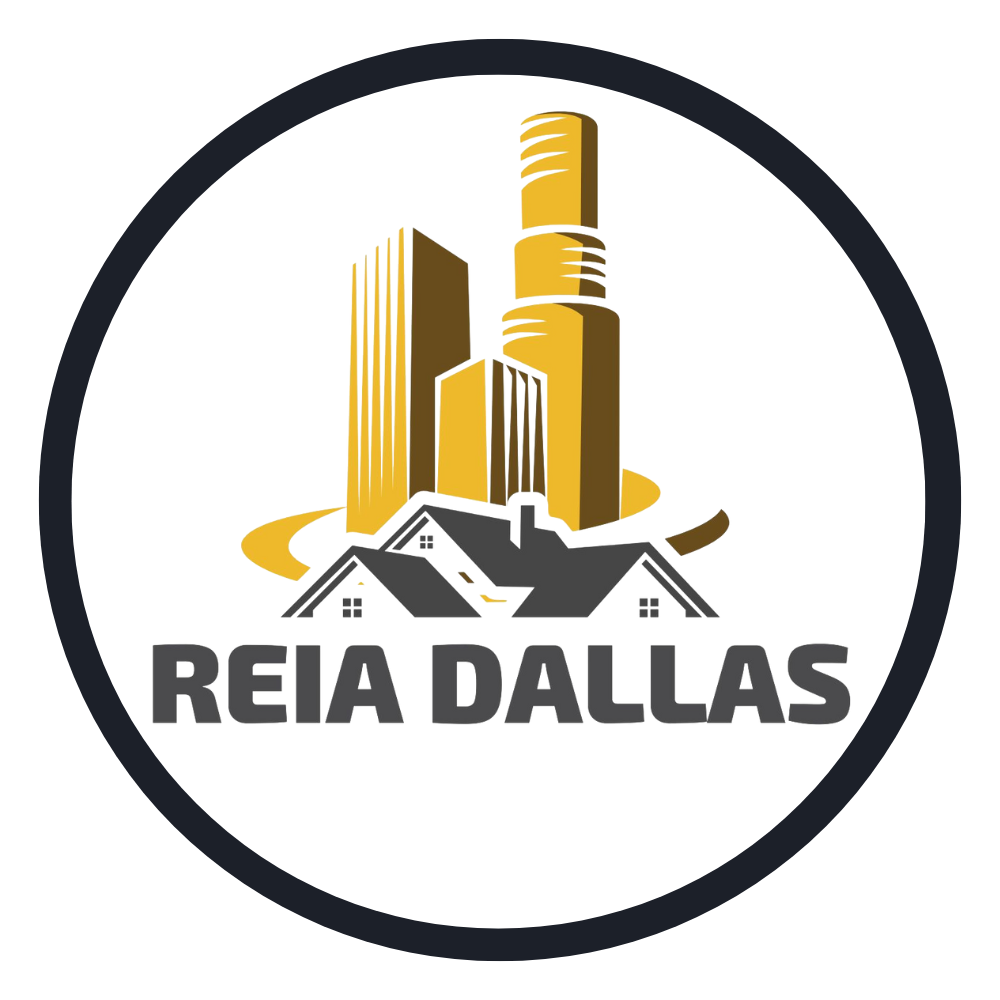REIA Dallas Landlord
If you are looking for buy and hold investments, you’ll need to understand a few things about REIA Dallas. First off, because of property taxes, most investors don’t cash flow on rental property unless they put down a sizable down payment. We jokingly say that Cash Flow + REIA Dallas= Oxymoron.
The truth is you can cash flow on REIA Dallas property (with a small down payment) if you buy the wrong properties. There’s no typo there. I did say the wrong properties. What does that mean? Most experienced investors will tell you “If you want cash flow, go low”, meaning go after the low end properties. Yes it’s true that a duplex in REIA Dallas will cash flow at almost any down payment. But the headaches associated with such low end properties and being a slum lord are not worth it for most investors. Many investors brag about $100 cash flow/month. That’s effectively $1,200/ year – big deal. That’s not going to create a significant lifestyle change and improvement for you.
In addition, those cash flowing properties rarely go up in value. That’s actually our biggest problem with these types of rental properties. You get a little bit of cash flow, a lot of headache, and you get to break even on them when you sell them.
We use a strategy called Get Rich Slow or GRS. The basic principal for us is that we don’t care much about cash flow, although we do like to break even. But what we do care about is appreciation and in REIA Dallas, with the projected growth and by buying in the right place, you’ll definitely feel the appreciation. We get excited not when properties bring in $1,000/year in cash flow, but when they bring in $10,000/year in appreciation. Now that will make a significant improvement in your standard of living especially if you intend on keeping the property for a while.
Our GRS strategy involves holding properties for 8-12 years to really let the appreciation (and tenant pay down of your mortgage) work for you. That’s where the big money is. Wealthy investors don’t own property, they simply hold it between market cycles. You need to be strong enough financially to hold onto a property when the market is weak so you don’t find yourself at the point of capitulation. Now, when the market is low, is the time to buy. As soon as the market starts to tick up, every investor will want to be buying which will drive prices even higher.
Many investors came to central Texas in the mid-2000’s seeking to get out of hyper-inflated markets like California, Arizona, Florida, Nevada, etc. They had the right idea – central Texas – but they had the wrong execution. Many bought tract homes in the suburbs thinking they’d hold them for a year and then flip them for $50K. The problem with that strategy is that it doesn’t work in central Texas. The more educated and successful investors took advantage of the great inner city properties in the nicer neighborhoods with an average price between $130K-$180K. That’s the sweet spot.
Obviously there’s a lot more to investing for the long term than what we’ve written here. But, you do need to know who you are working with and their reputation to make sure they do business ethically and intelligently.

